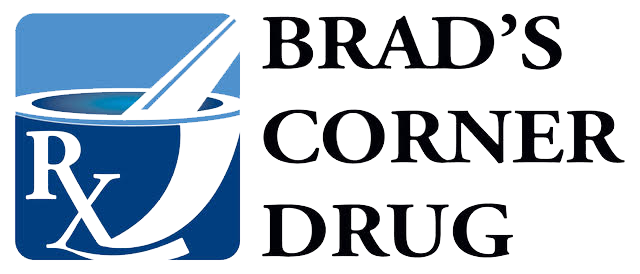
Medicare Part B Cereskills Co Pay Questions
Thank you for reaching out with your questions about copayments and how they apply to our CereSkills program under Medicare Part B. Below is a detailed explanation to address your concerns and ensure clarity:
Medicare Part B and Copayment
Our CereSkills program is eligible for billing under Medicare Part B. Medicare Part B typically covers 80% of approved charges for covered services, leaving the patient responsible for the remaining 20%.
Secondary/Supplemental Insurance
• Coverage of the 20% Copay: For patients with a secondary or supplemental insurance plan (such as a Medigap policy), that plan generally covers the 20% copay, meaning the patient owes nothing out of pocket.
• Without Secondary/Supplemental Insurance: If the patient does not have secondary insurance, they are responsible for the full 20% copay. For our CereSkills program, this usually translates to an average monthly out-of-pocket cost of approximately $11 to $19.
Notification to Patients
• Patients are informed of their financial responsibility at the time of enrollment, prior to starting the program. We clearly explain that the copay amount is dependent on their specific supplemental insurance status.
• We also provide a cost estimate based on the average copayment amount and encourage patients to confirm exact coverage with their supplemental insurance provider.
Handling Non-Payment of Copays
If a patient without secondary insurance cannot pay their 20% copay:
1. Billing Compliance: Per Medicare regulations, we are required to bill the patient for the copay. While providers cannot routinely waive copays, exceptions can be made for financial hardship if the patient meets specific criteria.
2. Unpaid Balances: If the copay remains unpaid and financial hardship is not demonstrated, the patient’s account may be subject to standard collection procedures as outlined in our billing policy.
Scenarios Where Copay May Not Be Required
The 20% copay is generally unavoidable unless:
1. The patient has supplemental insurance that fully covers the copay.
2. The service qualifies under certain preventive care benefits where Medicare waives the copay (though this does not typically apply to our program).
3. Financial hardship has been documented, and the copay is waived in compliance with Medicare’s regulations.

